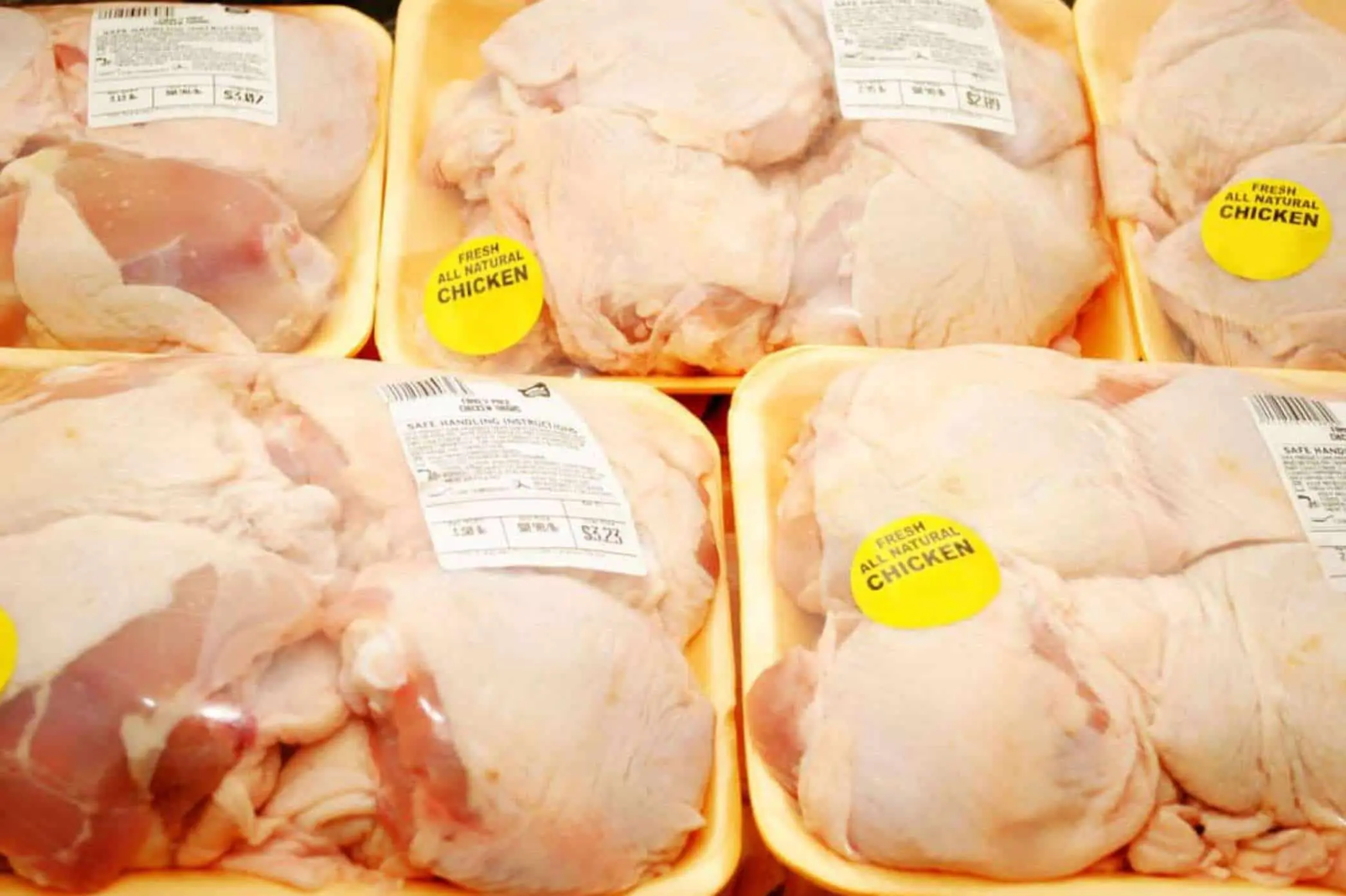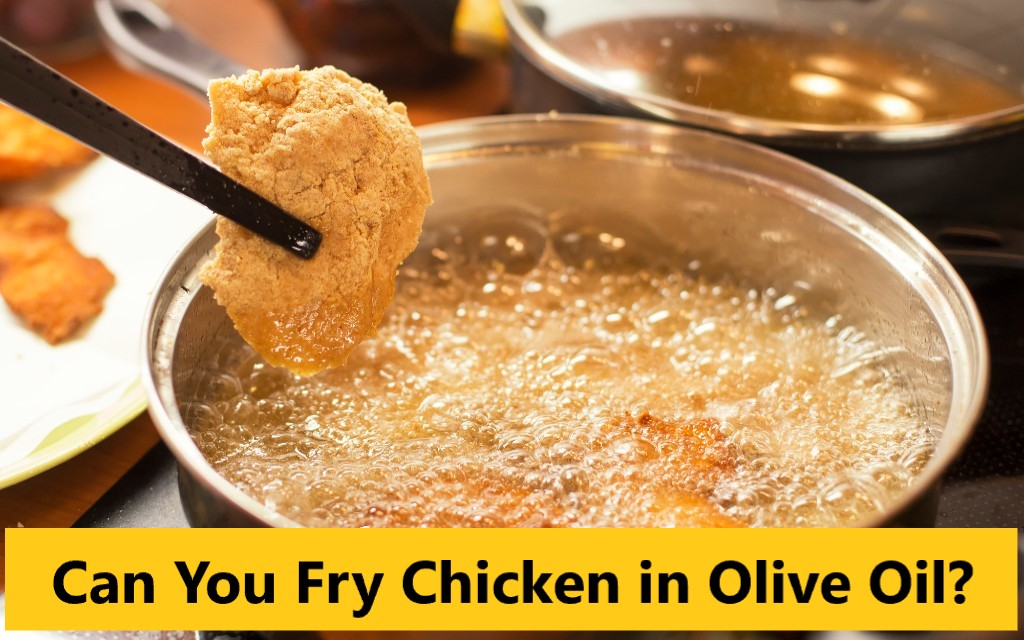Chicken is a widely enjoyed protein source around the globe, chicken is a widely enjoyed protein source around the globe, and people are curious about How Long is Chicken Good After Sell-by Date?. This article delves into the significance of the “sell by” date and the measures you can take to ensure your chicken remains fresh and safe to eat, regardless of your location.

Table of Contents
Demystifying the “Sell By” Date
Unpacking the Meaning
The “sell by” date is a label primarily intended for retailers and storekeepers. It provides them with guidance on when to remove the product from their shelves. Importantly, this date does not represent an absolute expiration date for consumers.
Prioritizing Safe Handling
While the “sell by” date may not signify an immediate expiry, it underscores the importance of handling chicken safely. Chicken can potentially harbor harmful bacteria, necessitating vigilant storage and preparation practices.
Influential Factors on Freshness
The Significance of Temperature
The temperature at which you store chicken plays a pivotal role in preserving its freshness. Maintaining chicken at 40°F (4.4°C) or below is instrumental in impeding bacterial growth and extending its shelf life.
The Role of Packaging
The quality of the packaging is instrumental in determining the shelf life of chicken. Well-sealed packaging acts as a shield against contamination, contributing to a longer-lasting product.
Beyond the “Sell By” Date
Assessing Freshness
Post the “sell by” date, chicken may remain safe for consumption if you adopt specific guidelines. To ascertain the freshness of the chicken, examine it for signs of spoilage. Fresh chicken should exhibit a pleasant smell, retain its pinkish hue, and possess a moist appearance.
Trust Your Senses
Your senses serve as reliable guides when assessing chicken. If the chicken emits an unpleasant odor, exhibits unusual discoloration, or feels slimy to the touch, it is advisable to discard it.
Safe Handling and Storage
Practicing Prudent Handling
Safe handling of chicken is crucial when you are preparing it for consumption. Thorough hand washing and meticulous cleaning of utensils are essential prerequisites. Further, it is imperative to cook chicken to an internal temperature of 165°F (73.9°C) to ensure safety.
Adhering to Appropriate Storage
Sound storage practices play an integral role. Chicken should be stored in the coldest section of the refrigerator, ideally maintaining it within its original packaging or placing it in an airtight container. This measure is crucial in averting the spread of undesirable odors and bacteria.
Freezing Chicken
Prolonging Shelf Life
In cases where you are unable to consume chicken by the “sell by” date, freezing emerges as a valuable option to extend its shelf life substantially. Freezing is a reliable method to preserve chicken’s freshness.
Effective Freezing Techniques
When you opt to freeze chicken, ensure that you wrap it tightly using plastic wrap or aluminum foil or employ the use of airtight freezer bags. A prudent practice involves labeling the chicken with the date of freezing to monitor its freshness.
Food Safety Concerns
Bacterial Risks
Chicken is inherently susceptible to bacterial contamination. Pathogens like Salmonella and Campylobacter can thrive on chicken that is not managed or cooked properly.
The Risk of Foodborne Illnesses
Consumption of chicken that is either spoiled or not cooked thoroughly can result in foodborne illnesses characterized by symptoms such as diarrhea, fever, and abdominal cramps.
Your Role in Food Safety
Acquiring Knowledge
Your active engagement in food safety is essential. An informed understanding of proper chicken handling practices is instrumental in safeguarding your health.
Minimizing Food Wastage
While prioritizing food safety is indispensable, it is equally vital to reduce food wastage. Acquainting yourself with the implications of the “sell by” date can empower you to make informed decisions while contributing to the reduction of food wastage.
Conclusion
The “sell by” date present on chicken packaging is not equivalent to an immediate expiry date. Even beyond this date, chicken can remain safe for consumption when it is stored and managed correctly. Relying on your senses, adhering to prudent handling practices, and acknowledging the potential dangers of bacterial contamination are critical considerations.
Your role in food safety extends to acquiring knowledge and actively participating in the reduction of food wastage, ultimately allowing you to navigate the global context of chicken expiration dates while upholding the principles of safety and quality.




